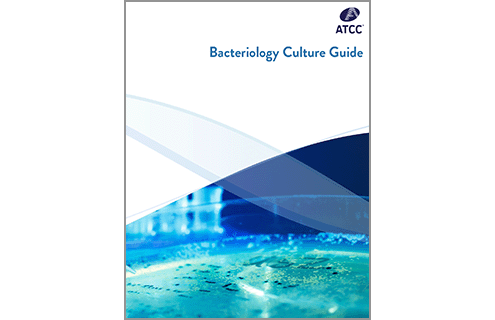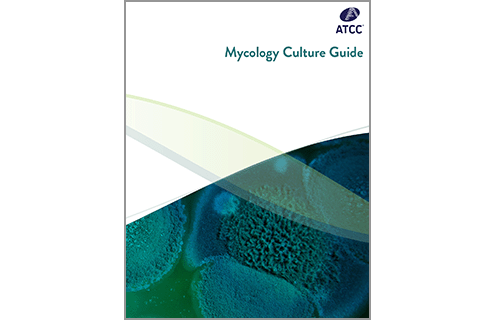
Up to 40% of global crop production is lost to plant pests every year, leaving millions of people without enough food to eat. Biological control (biocontrol) offers a pest management strategy that uses natural enemies (eg, predators, parasitoids, pathogens, competitors) to reduce the population of a harmful target species. As a natural method of pest control, this strategy is cost-efficient and sustainable.
In support of this field of research, ATCC offers a variety of authenticated bacteria and fungi with known biocontrol applications against weeds, nematodes, microbial pathogens, and arthropods. We also offer a growing collection of fungal, bacterial, and viral plant pathogens that can be used to examine the efficacy of a novel biocontrol agent. Explore our resources below to support your biocontrol research.
Prevent the loss of plant resources
Plants are vital for life on Earth. Not only do they provide an essential source of oxygen and food, they also supply the basic materials needed for medicine, shelter, and clothing. While the globalization of trade and travel has helped ensure the accessibility of these valuable materials worldwide, it has also facilitated the introduction and spread of pests and pathogens that threaten plant quality and survival. Learn more about this important issue and discover how we can work together to safeguard our valuable plant resources.
Learn more
Culturing strains for use in biocontrol research

ATCC Bacteriology Culture Guide
This guide contains general technical information for the growth, propagation, preservation, and application of fastidious and non-fastidious bacterial species.
Get the guide
ATCC Mycology Culture Guide
Access detailed information on the growth, handling, propagation, preservation, and application of yeasts and filamentous fungi.
Get the guide